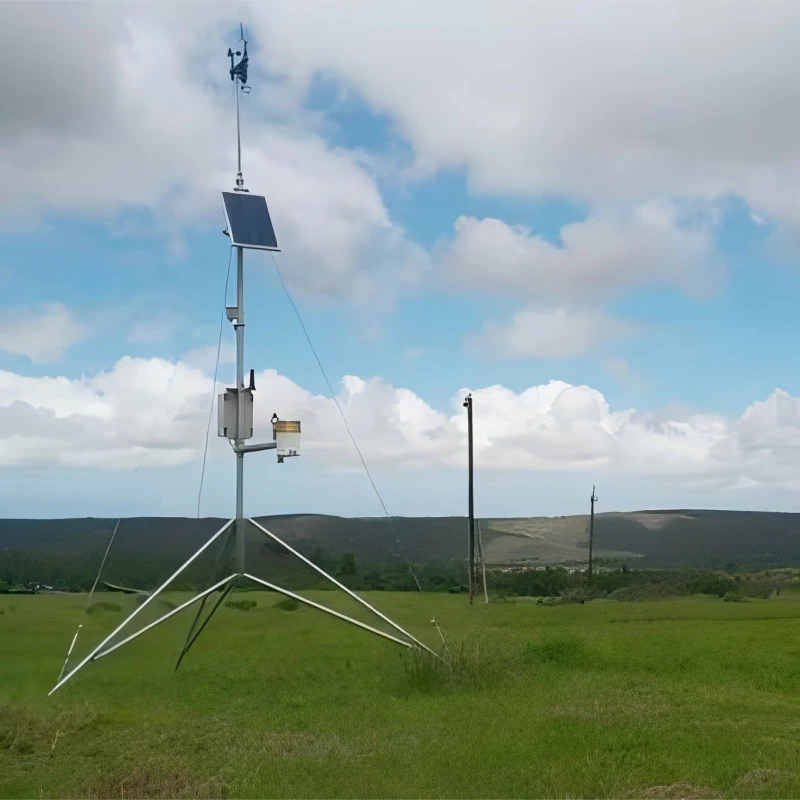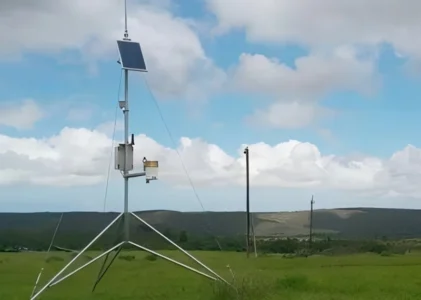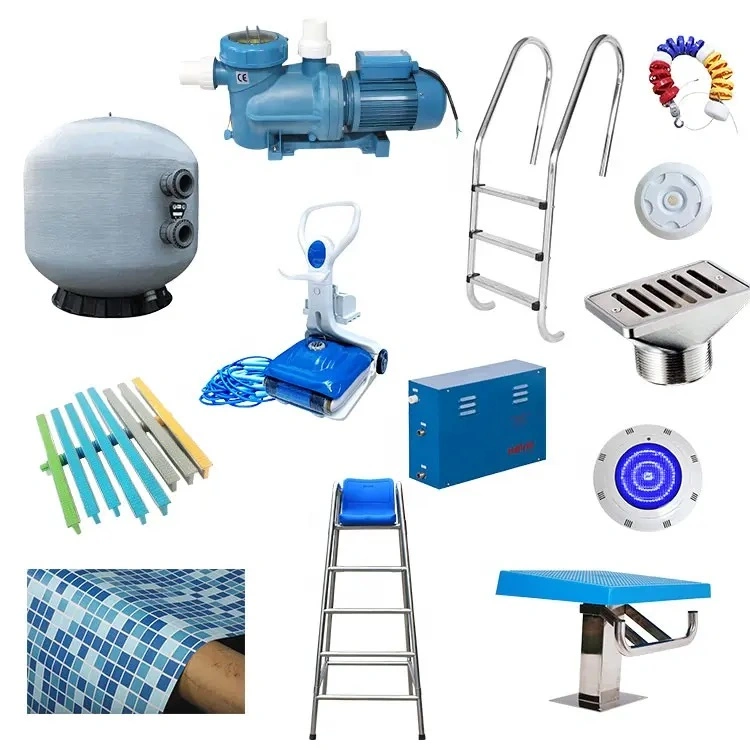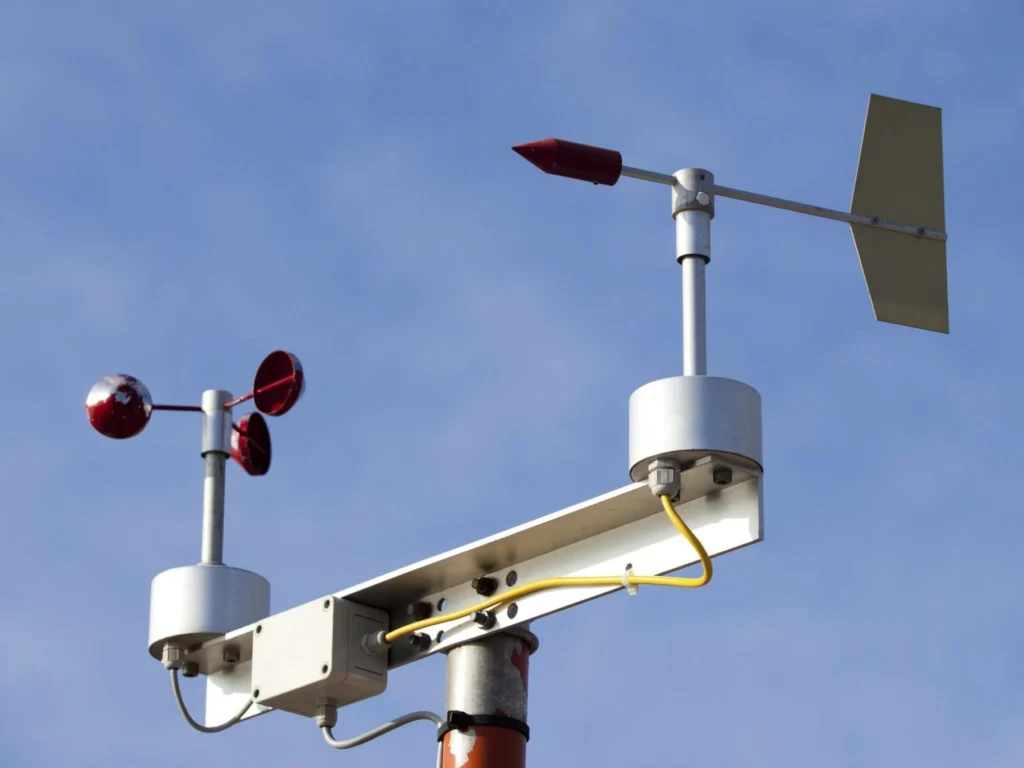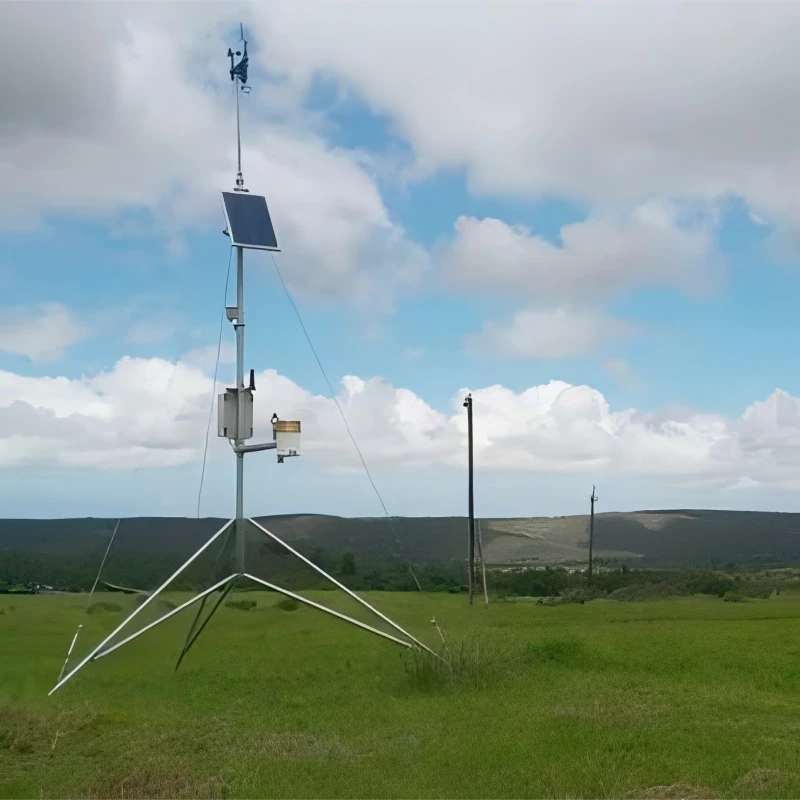
# Weather Measuring Instruments: Essential Tools for Accurate Forecasting
Weather forecasting has come a long way from relying solely on observations of the sky and wind patterns. Today, meteorologists use a variety of sophisticated weather measuring instruments to gather precise data, enabling them to predict weather conditions with remarkable accuracy. These tools are indispensable for understanding atmospheric changes and preparing for potential weather-related events.
## The Importance of Weather Measuring Instruments
Accurate weather forecasting is crucial for numerous sectors, including agriculture, aviation, disaster management, and daily life. Weather measuring instruments provide the data needed to analyze atmospheric conditions, track weather patterns, and issue timely warnings. Without these tools, predicting weather changes would be nearly impossible, leaving communities vulnerable to unexpected storms, floods, or heatwaves.
## Key Weather Measuring Instruments
### 1. Thermometer
The thermometer is one of the most basic yet essential instruments for measuring temperature. Whether it’s a traditional mercury thermometer or a modern digital one, this tool helps meteorologists track temperature fluctuations, which are critical for understanding weather patterns.
### 2. Barometer
A barometer measures atmospheric pressure, which is a key indicator of upcoming weather changes. A sudden drop in pressure often signals an approaching storm, while high pressure typically indicates fair weather. Barometers are vital for predicting short-term weather shifts.
### 3. Anemometer
Wind speed and direction are measured using an anemometer. This instrument is particularly important for aviation, marine navigation, and wind energy production. By understanding wind patterns, meteorologists can predict storms and other wind-related phenomena.
### 4. Hygrometer
Humidity levels in the air are measured using a hygrometer. High humidity can lead to precipitation, while low humidity often results in dry conditions. This instrument is essential for predicting rain, fog, or drought.
### 5. Rain Gauge
A rain gauge measures the amount of precipitation over a specific period. This data is crucial for assessing water resources, predicting floods, and managing agricultural irrigation.
### 6. Weather Balloons
Weather balloons carry instruments called radiosondes into the upper atmosphere to measure temperature, humidity, and pressure at various altitudes. This data provides a vertical profile of the atmosphere, which is essential for accurate forecasting.
### 7. Satellite Imagery
Satellites orbiting the Earth provide real-time images and data about cloud cover, storm systems, and other weather phenomena. This technology allows meteorologists to monitor large-scale weather patterns and predict long-term changes.
## The Role of Technology in Modern Weather Forecasting
Advancements in technology have revolutionized weather measuring instruments. Modern tools are more precise, durable, and capable of transmitting data in real-time. For example, automated weather stations can collect and transmit data continuously, reducing the need for manual intervention. Additionally, computer models use data from these instruments to simulate weather patterns and predict future conditions with greater accuracy.
## Conclusion
Weather measuring instruments are the backbone of accurate weather forecasting. From thermometers and barometers to satellites and weather balloons, these tools provide the data needed to understand and predict atmospheric changes. As technology continues to evolve, these instruments will become even more sophisticated, further enhancing our ability to prepare for and respond to weather-related challenges. Whether you’re a farmer, pilot, or simply planning a weekend outing, these instruments play a vital role in keeping us informed and safe.
Keyword: weather measuring instruments
